Are you looking for a way to take your forex trading to the next level? Creating an automated system with an Expert Advisor (EA) may be the perfect solution. EA's are custom-built computer programs that are used to perform repetitive, complex tasks automatically. This type of automation can help traders reach their goals faster and more efficiently. With an automated system, you can make decisions quickly and accurately, which can lead to more profitable trades.
In this article, we will explore the benefits of creating an automated system with an EA and how to get started. Creating an Expert Advisor (EA) can be a great way for forex traders to automate their trading strategies and take advantage of the market 24/7 without needing to manually monitor and intervene. EAs provide a number of benefits, such as removing the need to stay up-to-date with the markets, allowing traders to take advantage of market inefficiencies, and providing a way to make consistent profits without having to spend long hours in front of the computer. There are many successful EAs that have proven to be profitable over time, and this article will discuss the benefits of using an EA, the process of creating one, and the various forex automation tools available. When creating an EA, it is important to first plan out the system. This should include researching the type of trading system you want to use, deciding on the best entry and exit points, and setting up risk management rules.
Once the system is planned out, it should be backtested on historical data to ensure it has a positive expectancy. Backtesting will allow you to see how your EA would have performed in different market conditions, and it will give you an idea of how it will perform in the future. After backtesting is complete, it is time to code the EA. This will require knowledge of programming languages such as MQL4 or Python, but there are many resources available online that can help with coding an EA. Once the EA is coded, it is important to optimize it to ensure it performs optimally.
Optimization involves testing different parameters and settings to find the best combination for your system. This can be done manually or with an optimization tool such as FSB Pro. Once optimization is complete, it is time to test the EA in a live environment before deploying it for real money trading. To do this, you can use a demo account with virtual money or a micro account with a small amount of real money. There are many forex automation tools available that can help traders create and manage EAs.
MetaTrader 4 and 5 are some of the most popular platforms used by traders, as they provide tools for creating EAs, backtesting, optimizing, and managing trades. Other popular tools include Zorro Trader, QuantConnect, Quant Savvy, FSB Pro, and StrategyQuant. Each platform has its own unique features and benefits, so it is important to do research to find out which one is best suited for your trading style. Once an EA is created and tested in a live environment, it is important to manage it properly. This involves setting up risk management rules such as stop-losses and take-profits, as well as money management strategies such as position sizing.
It is also important to monitor the performance of your EA regularly and make adjustments if necessary. Additionally, there are many resources available online that can help traders improve their EA performance, such as tutorials, forums, blogs, and other helpful resources. In conclusion, creating an EA can be a great way for forex traders to automate their trading strategies and take advantage of the market 24/7 without needing to manually monitor and intervene. EAs provide a number of benefits such as removing the need to stay up-to-date with the markets, allowing traders to take advantage of market inefficiencies, and providing a way to make consistent profits without having to spend long hours in front of the computer. The process of creating an EA involves planning out the system, backtesting it on historical data, coding it with programming languages such as MQL4 or Python, optimizing it with optimization tools such as FSB Pro, testing it in a live environment before deploying it for real money trading, and managing it properly in a live environment.
There are many forex automation tools available that can help traders create and manage EAs effectively. Finally, there are many resources available online that can help traders improve their EA performance.
Improving Expert Advisor Performance
Strategies for Improving PerformanceWhen using an Expert Advisor, there are a few strategies that can be employed to improve its performance. The most important is to backtest the EA on historical data. Backtesting allows traders to test their strategies and identify any potential issues before investing real money.Additionally, traders can use different risk management techniques such as stop-losses and take-profit orders to limit their losses and maximize their profits. In addition to backtesting and risk management, traders can also use various tools to fine-tune their EAs. This includes optimizing the parameters of the EA to match the current market conditions. Additionally, traders can use technical indicators such as moving averages, oscillators, and Fibonacci retracement levels to help make better trading decisions.
Helpful ResourcesThere are a number of helpful resources available for traders looking to improve their EA performance. Tutorials, forums, and blogs can provide valuable insights into the strategies used by successful traders, as well as tips on how to optimize an EA’s performance. Additionally, many platforms offer demo accounts that allow traders to practice trading with virtual money before investing real funds. Additionally, there are a number of websites dedicated to helping traders improve their EA performance.
These websites provide tutorials, strategies, and advice from experienced traders who have used EAs successfully in the past. Finally, some platforms offer automated trading tools that can help traders identify profitable opportunities and execute trades without having to manually intervene in the process.
Benefits of Using an Expert Advisor
Creating an Expert Advisor (EA) offers numerous advantages to forex traders. An EA is an automated trading system that can be used to trade the Forex market, and it provides traders with the ability to trade 24 hours a day without needing to manually monitor and intervene in the process. This offers a number of key benefits, such as:24/7 Trading: One of the primary advantages of using an EA is that it allows traders to take advantage of the 24-hour forex market.With an EA, traders can monitor and trade multiple currency pairs at any time of the day or night, allowing them to capture market opportunities as they arise.
Eliminating Manual Monitoring:
Another benefit of using an EA is that it eliminates the need for traders to manually monitor markets. This frees up time for traders, allowing them to focus on other aspects of their trading strategy or perform other activities.Taking Advantage of Inefficiencies:
Finally, using an EA can help traders take advantage of inefficiencies in the market. By utilizing algorithms and automated strategies, EAs can identify and capitalize on potential price discrepancies between different currency pairs, providing traders with a way to gain a competitive edge.Testing Expert Advisors
Testing an Expert Advisor (EA) before deploying it in a live environment is an essential part of the process.This helps ensure that the EA is performing optimally and can help traders make informed decisions about their trading strategy. Backtesting is the process of testing an EA’s performance over a historical period of time. It allows traders to simulate how the EA would have performed in different market conditions and helps them evaluate its viability as a trading strategy. Optimization techniques can also be used to ensure an EA is performing optimally.
This involves tweaking the parameters of the EA to optimize its performance. This can include changing values such as the risk, stop loss, and take profit levels. Optimization should be done carefully and with caution, as it can lead to over-optimization which may not necessarily reflect real-world results. When testing an EA, traders should also consider other factors such as the liquidity of the market, spreads, and slippage. Slippage is when an order is filled at a worse price than expected due to a lack of liquidity in the market.
Spreads are the difference between the buy and sell price of a currency pair. A higher spread can lead to higher transaction costs and should be taken into consideration when testing an EA. In conclusion, testing an EA before deploying it in a live environment is an essential part of the process. Backtesting and optimization are two strategies that can be used to ensure an EA is performing optimally. It is important to consider other factors such as liquidity, spreads, and slippage when testing an EA to ensure that results are realistic.
Forex Automation Tools
When it comes to automated trading systems, Expert Advisors (EAs) are one of the most popular choices for forex traders.They provide traders with the ability to trade 24 hours a day without needing to manually monitor and intervene in the process. However, there are a wide range of forex automation tools available to traders, each offering different features and benefits. One of the most popular types of forex automation tools are trading robots, which allow traders to automate their trading strategies. These robots use technical indicators and mathematical algorithms to generate and execute trading signals.
They can also be used to back-test strategies and evaluate different market conditions. Another type of tool is forex trading software, which can provide traders with more advanced features such as charting and back-testing capabilities. These programs can be used to help analyze market conditions and develop more sophisticated trading strategies. Finally, there are a number of other specialized forex automation tools available, such as copy trading software.
These programs allow traders to copy the trades of other successful traders and benefit from their experience. The best forex automation tool for a trader will depend on their individual needs and trading style. For example, more experienced traders may prefer to use advanced software such as trading robots or forex trading software, while newer traders may find copy trading software more useful. Ultimately, the decision will depend on the trader's individual needs and preferences.
Process for Creating an Expert Advisor
Planning the SystemThe first step in creating an EA is to plan the system.This involves setting goals and objectives, such as what kind of returns you would like to see from the system and what type of risk you are willing to take on. It also involves researching the market to determine which strategies and indicators are best suited for your particular needs. Once these decisions have been made, the next step is to develop a trading system.
Backtesting
The next step is to backtest the trading system to ensure that it is profitable. This can be done either manually or using automated trading software.Manual backtesting requires traders to simulate trades using historical data and evaluate the results. Automated backtesting uses software to do the same job, allowing traders to quickly and accurately test their strategies.
Coding
Once the strategy has been tested and proven to be profitable, the next step is to code it into an EA. This requires knowledge of programming languages such as C++ and MQL4, as well as an understanding of how EA’s work. The code should be written in a way that allows for easy changes and updates in the future.Optimization
The final step is to optimize the EA.This involves testing different parameters and settings to ensure that the EA is running at its best. It is important to test multiple scenarios and different market conditions to make sure that the EA will be profitable in all types of markets. Once the optimization process is complete, the EA is ready to be used in live trading.
Managing Expert Advisors in Live Environments
When creating an automated system with an Expert Advisor (EA), it is important to consider how the EA will be managed in a live environment. Managing an EA in a live environment involves risk management, money management, and other considerations that should be taken into account.When it comes to risk management, the key factor is to ensure that the EA is not over-leveraged. This means that the EA should not take on a position size that is too large relative to the account size. The EA should also be programmed with a maximum drawdown limit, so that if the market moves against it, the losses can be contained. Additionally, it is important to set a stop loss and take profit level for each trade, so that profits can be taken and losses can be limited. Money management is another important factor to consider when managing an EA in a live environment.
Money management strategies typically involve setting limits on how much of the account balance can be used for each trade, setting limits on how much can be lost in any given trade, and setting limits on how much of the total account balance can be risked at any given time. Additionally, it is important to set a maximum drawdown limit so that if the market moves against the EA, losses can be contained. In addition to risk and money management, there are other considerations that should be taken when managing an automated system with an EA. These include setting a maximum trade frequency, setting a maximum number of open trades, and setting a maximum trade duration.
Additionally, it is important to ensure that the EA is programmed to close all trades at the end of the trading day. This helps to ensure that all trades are closed out in a timely manner and prevents any overnight risk. Overall, managing an automated system with an EA in a live environment involves risk management, money management, and other considerations. By taking these factors into account, traders can ensure that their automated system is managed effectively and in accordance with their risk tolerance. This article discussed the numerous benefits of using an Expert Advisor (EA) for Forex trading, the process for creating one, and the various forex automation tools available. Using an EA can be beneficial for Forex traders because it eliminates the need to manually monitor and intervene in the process, allowing them to trade 24 hours a day.
Creating an EA involves selecting appropriate parameters, testing them, and managing them in live environments. There are many helpful resources available to traders looking to get started with automated trading systems. In conclusion, Expert Advisors provide Forex traders with a powerful tool for making money and managing risk. With the right knowledge and resources, traders can create their own EAs and take full advantage of the potential that automated trading systems have to offer.
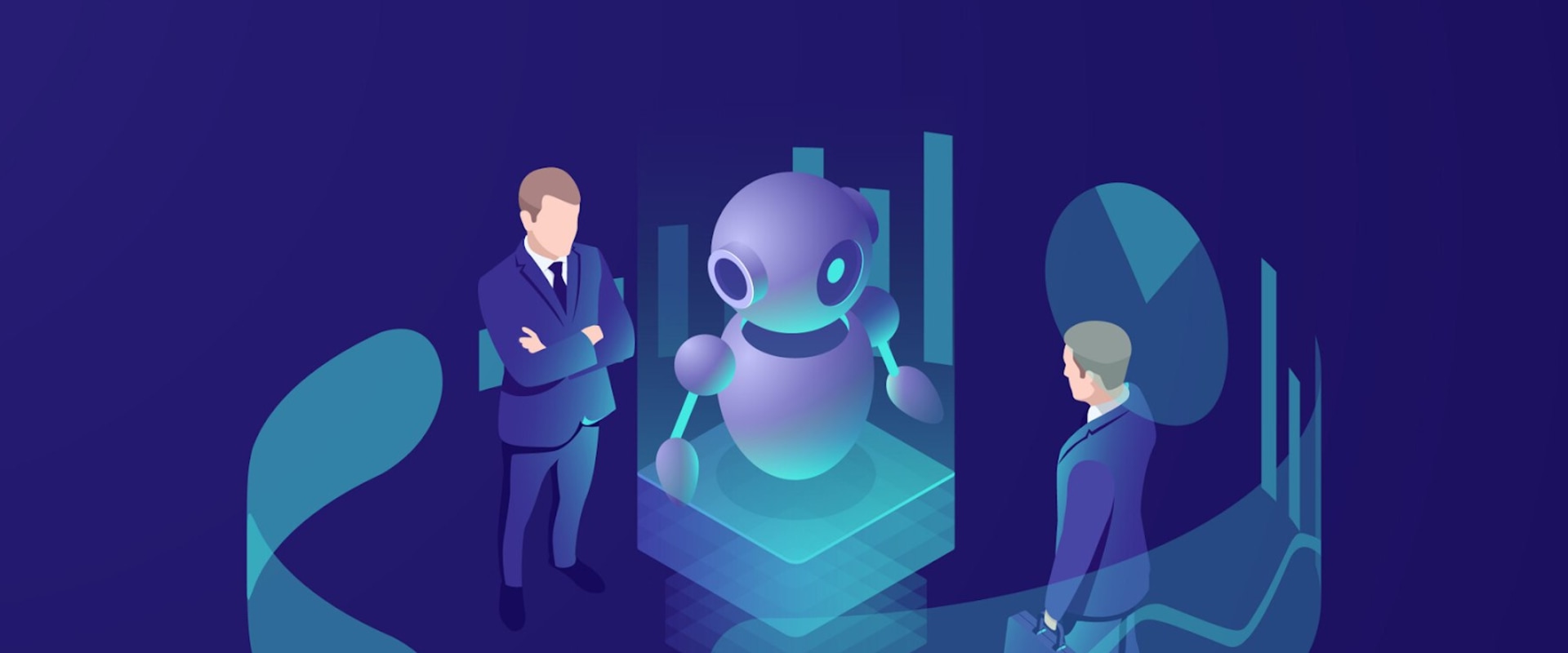
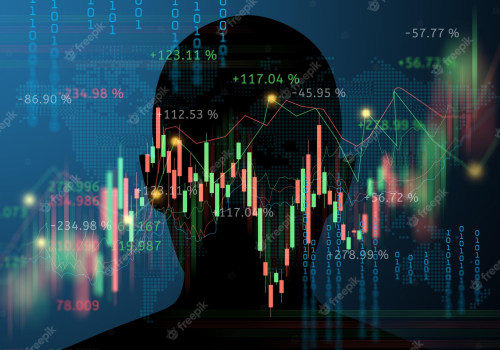

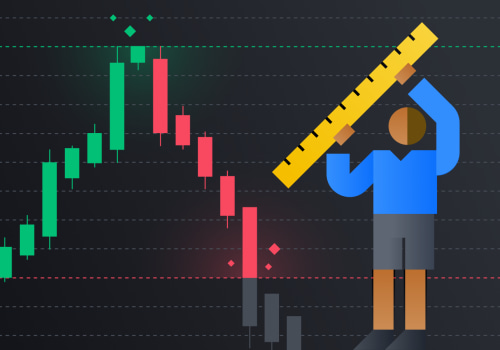
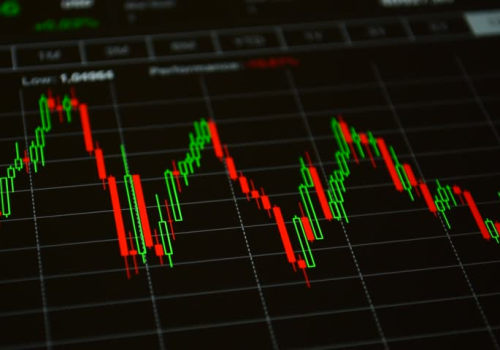
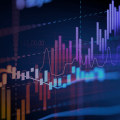
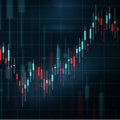
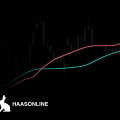
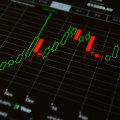
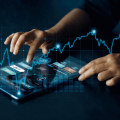
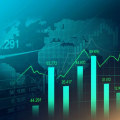
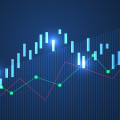
Leave Reply